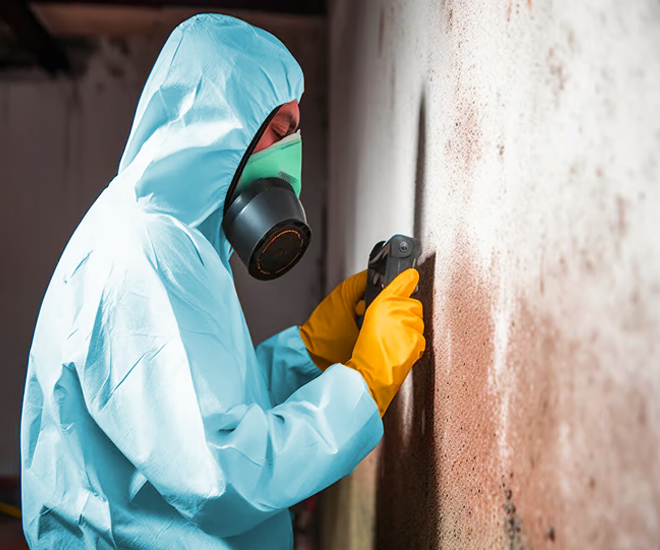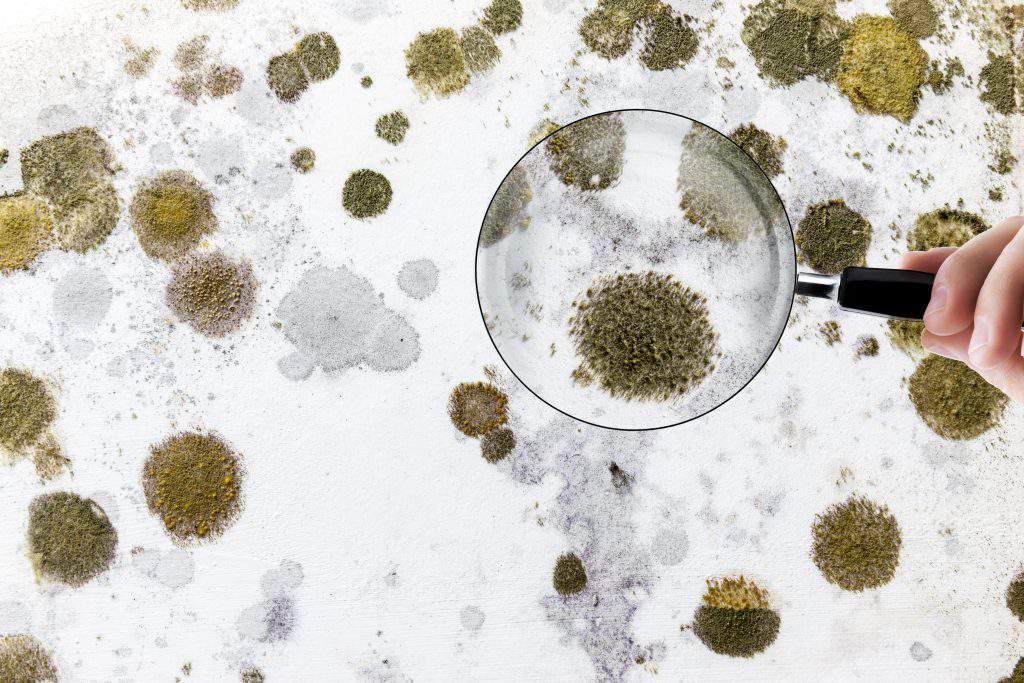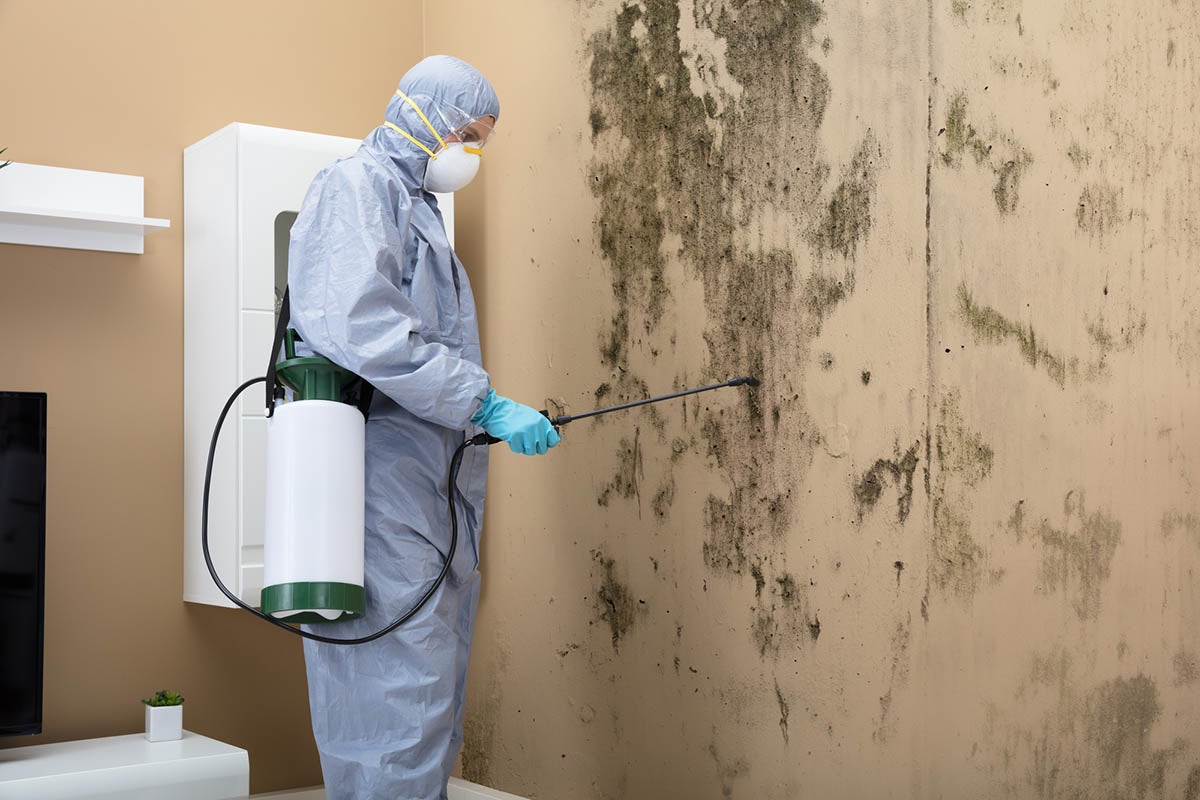After Mold Remediation Methods for Tidy Areas
After Mold Remediation Methods for Tidy Areas
Blog Article
Your Ultimate Overview to Article Mold Removal Techniques
Navigating the realm of post-mold removal methods is a meticulous process that requires interest to detail and a thorough understanding of the details included. In the consequences of mold problem, recognizing exactly how to efficiently eradicate the mold and prevent its reoccurrence is extremely important for keeping a healthy interior setting. From choosing the right cleansing and sanitizing methods to executing approaches for long-lasting mold and mildew prevention, each step in the removal journey plays a crucial function in making certain an effective outcome. As we begin on this exploration of post-mold removal methods, we will reveal the essential approaches and ideal practices that can aid you restore your room to its pre-mold problem and safeguard it against future mold and mildew hazards.
Comprehending Post-Mold Removal Process
After finishing the mold and mildew removal procedure, it is critical to recognize the post-mold remediation methods that are needed to make sure a detailed and reliable cleaning. When the mold has been eliminated, the next step entails cleansing and disinfecting the influenced areas to stop any kind of regrowth of mold and mildew. This includes making use of specialized cleaning up agents to wipe down surfaces and kill any kind of remaining mold spores. It is vital to dry out the location entirely to prevent the growth of mold in the future (Post Mold Remediation Report). Proper air flow and dehumidification can assist in this process.
Moreover, performing a last examination post-remediation is essential to make certain that all mold has actually been successfully eradicated. If the inspection discloses any sticking around mold and mildew, extra remediation might be essential.
Efficient Cleaning Up and Disinfecting Techniques

Protecting Against Future Mold And Mildew Development

Relevance of Proper Ventilation
Appropriate ventilation plays a critical duty in avoiding dampness accumulation, a key factor in mold development within interior settings. Efficient air flow systems help eliminate excess moisture from the air, decreasing the opportunities of mold spores locating the moisture they require to spread out and sprout. Without ample ventilation, indoor areas can become a breeding ground for mold, causing possible health risks and structural damages.
By making sure proper air blood circulation, air flow systems can additionally aid in drying moist areas quicker after water damage or flooding events, better discouraging mold development. After mold remediation. In spaces like washrooms, cellars, kitchen areas, and attics where moisture degrees tend to be greater, installing and maintaining effective ventilation systems is essential in preventing mold and mildew problems

Tracking and Upkeep Tips
Offered the vital role that proper air flow plays in protecting against mold development, it is imperative to develop effective surveillance and maintenance tips to make certain the continued capability of ventilation systems. Normal evaluations of air flow systems ought to be performed to examine for any type of indicators of obstructions, leakages, or malfunctions that might hamper appropriate air flow. Monitoring moisture levels within the home is also critical, as high humidity can add to mold and mildew development. Setting up a hygrometer can aid track humidity degrees and sharp property owners to any kind of spikes that may call for attention. Furthermore, making certain that air filters are on a regular basis cleaned up or changed is essential for preserving the performance of the air flow system. Implementing a routine for regular upkeep jobs, such as air duct cleaning and heating and cooling system evaluations, can help prevent problems prior to they rise. By remaining aggressive and alert to the problem of ventilation systems, homeowner can properly minimize the risk of mold regrowth and try this out maintain a healthy indoor atmosphere.
Verdict
In conclusion, post-mold removal techniques are essential for ensuring a safe and tidy atmosphere. Understanding the procedure, executing efficient cleaning and sanitizing methods, protecting against future mold development, preserving correct air flow, and normal tracking are all important action in the removal process. By adhering to these guidelines, you can efficiently remove mold and mildew and stop its return, promoting a healthy and balanced living or working room for all residents.
In the results of mold problem, knowing how to successfully eradicate the mold and stop its reoccurrence is vital for keeping a healthy indoor setting. As soon as the mold and mildew has actually been gotten rid of, the next action entails cleaning and decontaminating the impacted locations to prevent any type of regrowth of mold and mildew - testing air quality why not try here after mold remediation. After eliminating noticeable mold and mildew growth, it is important to clean up all surface areas in the affected location to remove any kind of remaining mold spores. To even more boost mold and mildew avoidance measures, it is vital to attend to underlying concerns that initially led to mold advancement.Provided the important duty that correct ventilation plays in stopping mold and mildew growth, it is imperative to establish efficient monitoring and upkeep tips to ensure the continued capability of diy mold removal vinegar air flow systems
Report this page